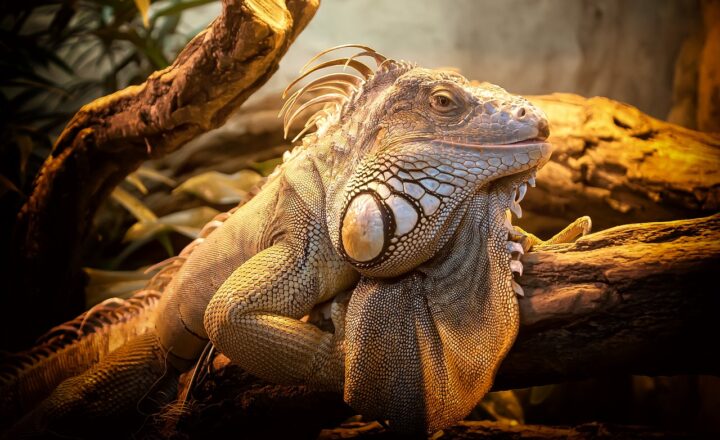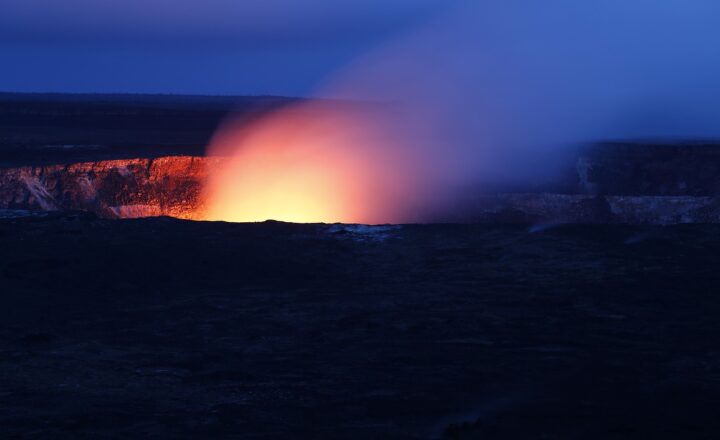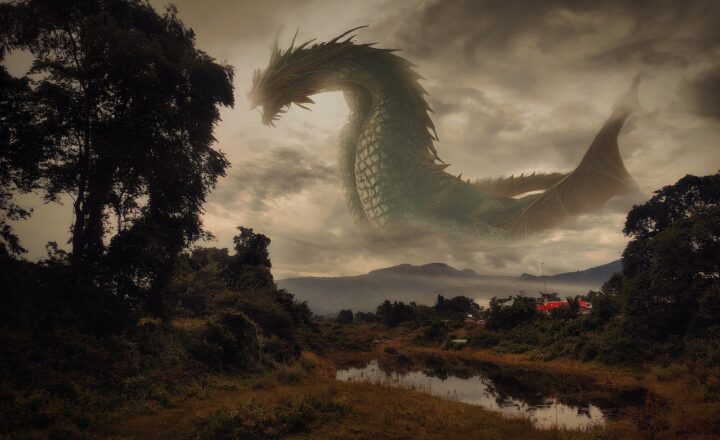Exploring the Origins of Popular Legends: What’s Fact and What’s Fiction?
November 14, 2024

Legends abound in our culture, often bridging the gap between history and myth. They can be captivating tales that stir our imagination, yet many leave us wondering, “Is this really true?” In this article, we’ll delve into the origins of some of the most popular legends and explore the delicate boundary between fact and fiction.
1. The Nature of Legends
Legends have been an integral part of storytelling throughout human history. They often serve to explain natural phenomena, mythologize historical figures, or moralize our existence. What makes a legend different from a folktale or fairytale is its association with real-life events or persons, giving it a semblance of realism. Over time, many legends evolve—embellished and altered by cultural interpretations and retellings. This raises an essential question: How much of these stories hold a kernel of truth?
2. The Legend of King Arthur
One of the most enduring legends is that of King Arthur, a semi-mythical figure of British folklore. Tales of Arthur, the knight of the Round Table, have captivated audiences for centuries. But what is the reality behind the legend?
– Historical Context: Arthur’s legend is believed to have originated in the early medieval period, influenced by various Celtic heroes and warlords. His earliest references can be traced back to Geoffrey of Monmouth’s Historia Regum Britanniae in the 12th century, but historical evidence remains scant.
– Fact vs. Fiction: While it’s possible that Arthur was based on a real king or warrior, historical records fail to definitively support his existence. Legends like Excalibur and Merlin were likely literary embellishments that evolved as the tales were passed down.
Many historians argue that Arthur symbolizes the ideal king and the essence of chivalry, rather than a true historical figure. His story represents a yearning for unity in a time of disarray.
3. The Truth Behind Robin Hood
Robin Hood is another figure whose story walks the tightrope between myth and reality. The “merry man” who robs from the rich to give to the poor encapsulates the spirit of rebellion against tyranny.
– Historical Roots: Many believe Robin Hood’s legend is based on various historical outlaws from the 12th and 13th centuries, blending elements from multiple figures into one narrative.
– Fact Check: While the earliest ballads depict him as an outlaw, urban legend claims he’s a nobleman forced into this lifestyle. The debates continue as to whether Robin ever truly existed, with scholars suggesting the tale amplified the socio-political sentiments of resistance during the time of Richard the Lionheart.
Exploring Robin Hood’s legend sheds light on societal struggles and the human spirit’s innate desire for justice, regardless of whether he lived or not.
4. Bigfoot: The Mythical Creature
Bigfoot, or Sasquatch, is a legendary creature said to inhabit North American forests. With numerous sightings and purported evidence—like blurry photographs and dubious footprints—Bigfoot is often met with skepticism.
– Cultural Impact: Indigenous cultures have long spoken of similar creatures in their folklore. The presence of Bigfoot in modern times highlights humanity’s deep-seated curiosity about the unknown and the unexplored corners of our world.
– Scientific Scrutiny: Extensive searches and studies over decades have failed to produce conclusive evidence of Bigfoot’s existence. Many consider him a myth born from human imagination, yet believers assert that the lack of evidence doesn’t necessarily mean he doesn’t exist.
This legend serves as a reminder of our fascination with cryptids and the thrill of the hunt for the elusive.
5. The Chupacabra: Fact or Fiction?
Emerging in the 1990s, the Chupacabra is a creature rumored to stalk livestock, particularly goats, in Latin America and beyond. Its name translates to “goat-sucker”, derived from reports of bloodless animal carcasses.
– Origins of the Legend: Reports of the Chupacabra first surfaced in Puerto Rico, where locals described a creature unlike any known animal. Over time, as sightings spread, the descriptions varied from a reptilian-like being to a canine creature with mange.
– Debunking Myths: Many biologists believe that reported sightings are often misidentified animals suffering from conditions like mange. The Chupacabra melts into folklore due to its ambiguous descriptions and the fear of the unknown.
The Chupacabra legend illustrates how cultural fears can manifest in the form of mythical creatures, making them a staple in modern folklore.
6. Conclusion: The Blend of Fact and Fiction
In exploring these popular legends, it becomes evident that many have roots in reality, even if they have been embellished over centuries. They reveal our collective desires, fears, and values, shaping the way we understand the world around us. Whether they serve as cautionary tales, symbols of hope, or reflections of societal discontent, legends will continue to captivate aspiring historians and casual readers alike.
To navigate the blurred lines between fact and fiction, one must appreciate the storytelling aspect while questioning the historical validity behind each tale. As we engage with these narratives, we contribute to the evolving tapestry of human folklore, where fact and fiction often intertwine.
Next time you hear a legend, take a moment to ponder its origins and the truths — real or fabricated — that it may hold.








